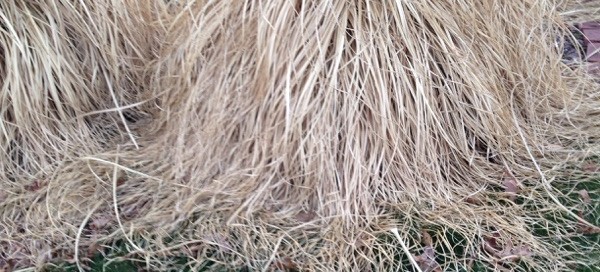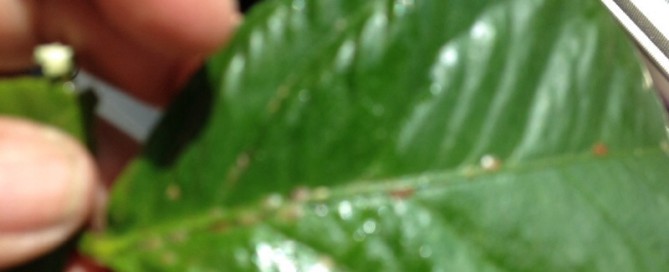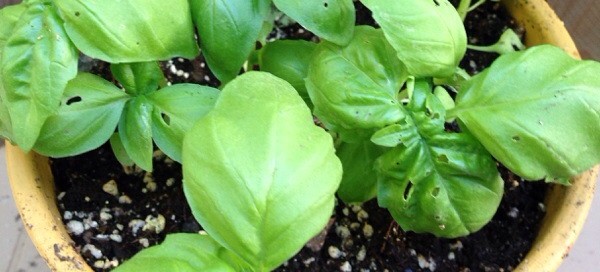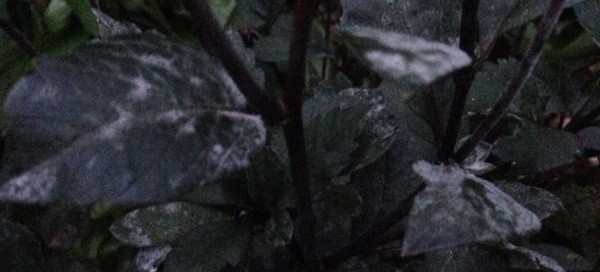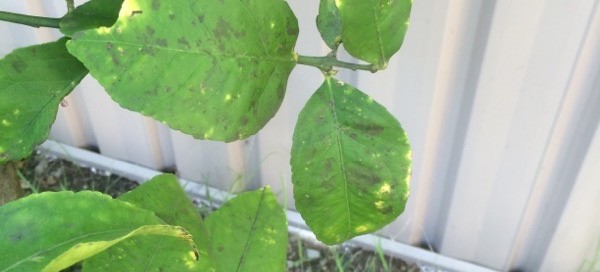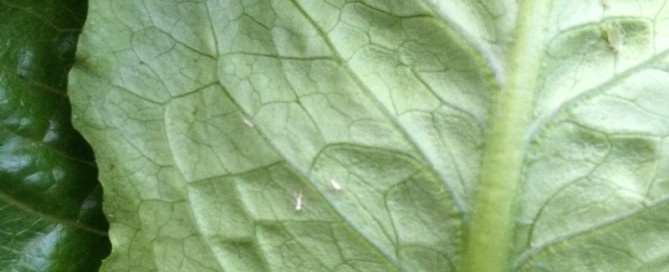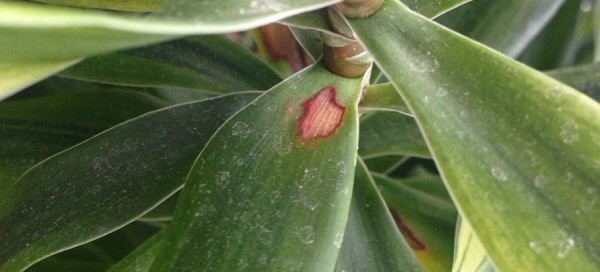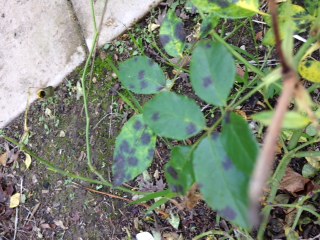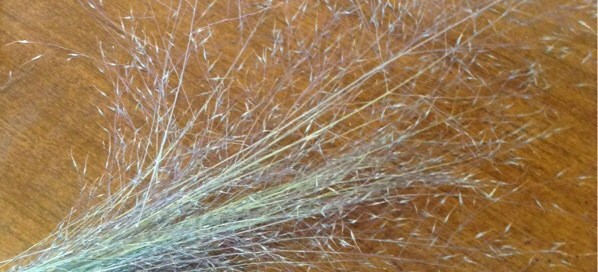Mandevilla Vine
This is a tropical vine that can be used as an perennial in your area. It grows best in full sun and will produce lots of flowers all summer long. It will die when temperatures go below freezing, but you could bring it indoors and keep it as a houseplant, although it probably won't flower either indoors or until late in the summer next season. These plants need specific hours of daylight in order to come into bloom - they are given this at commercial growers but home owners don't tend to supply the artificial lit "long days" turning into shorter days that bring the plant info flower. So many people who overwinter this are disappointed that although the plant lives and grows well once it's outside again, they don't start to flower until sometime in August. If you want one that's going to bloom all summer, leave it outdoors as long as the weather remains frost-free or treat as an annual and purchase a new plant after danger of frost has passed.

